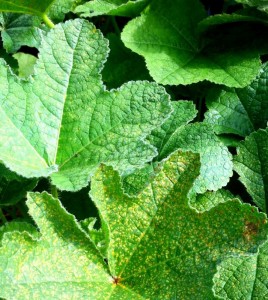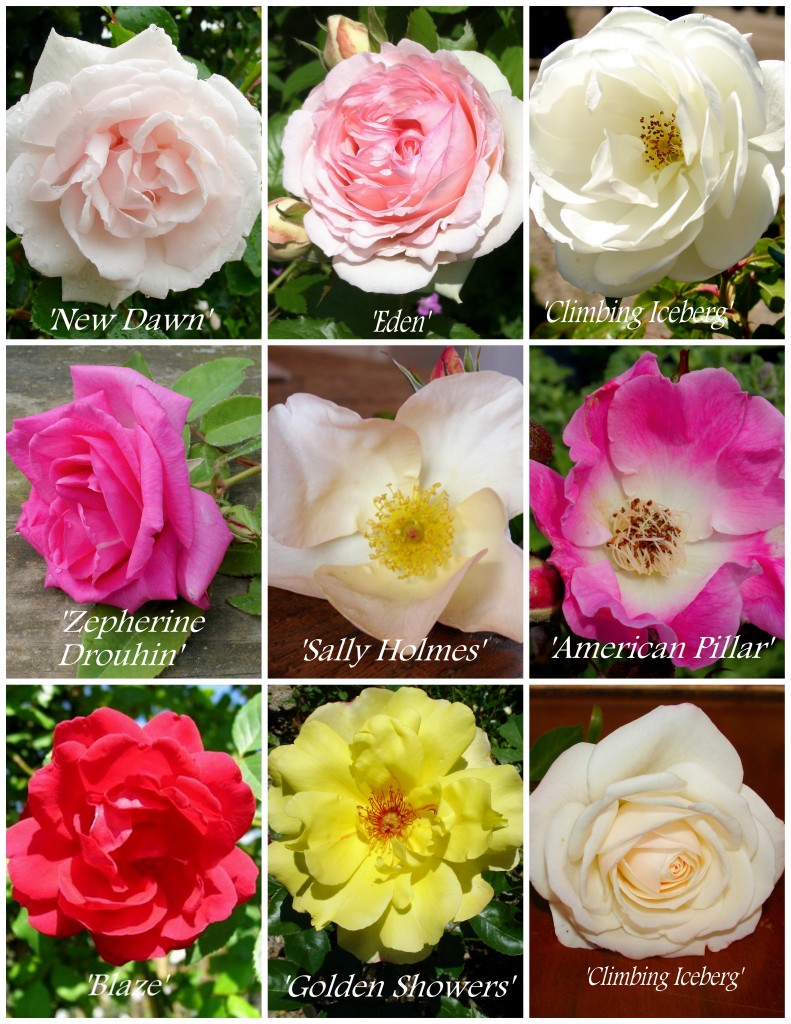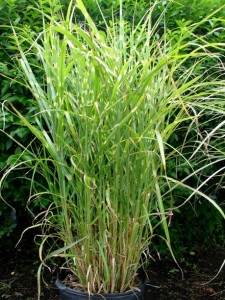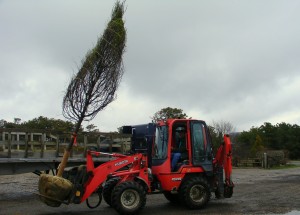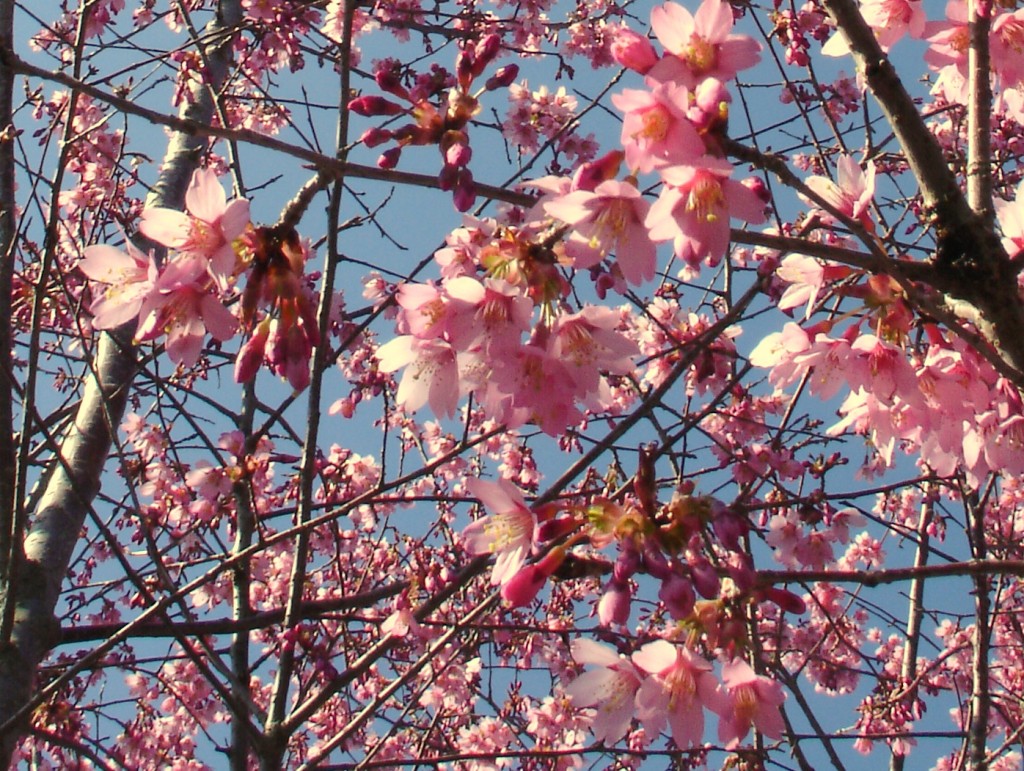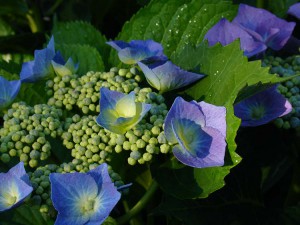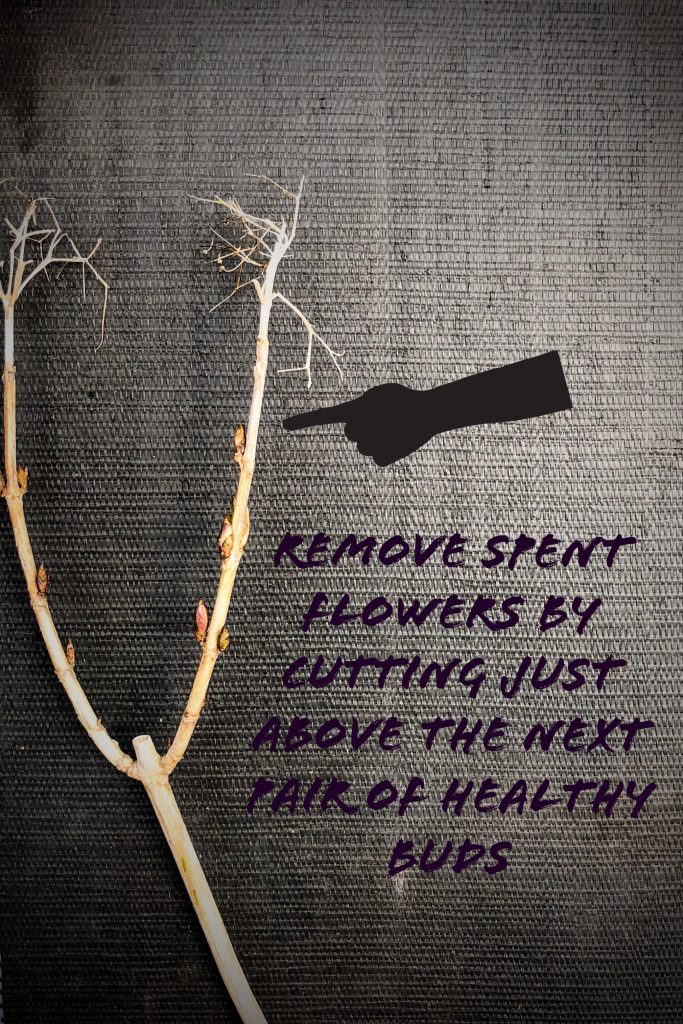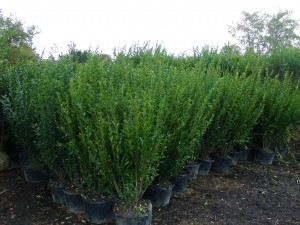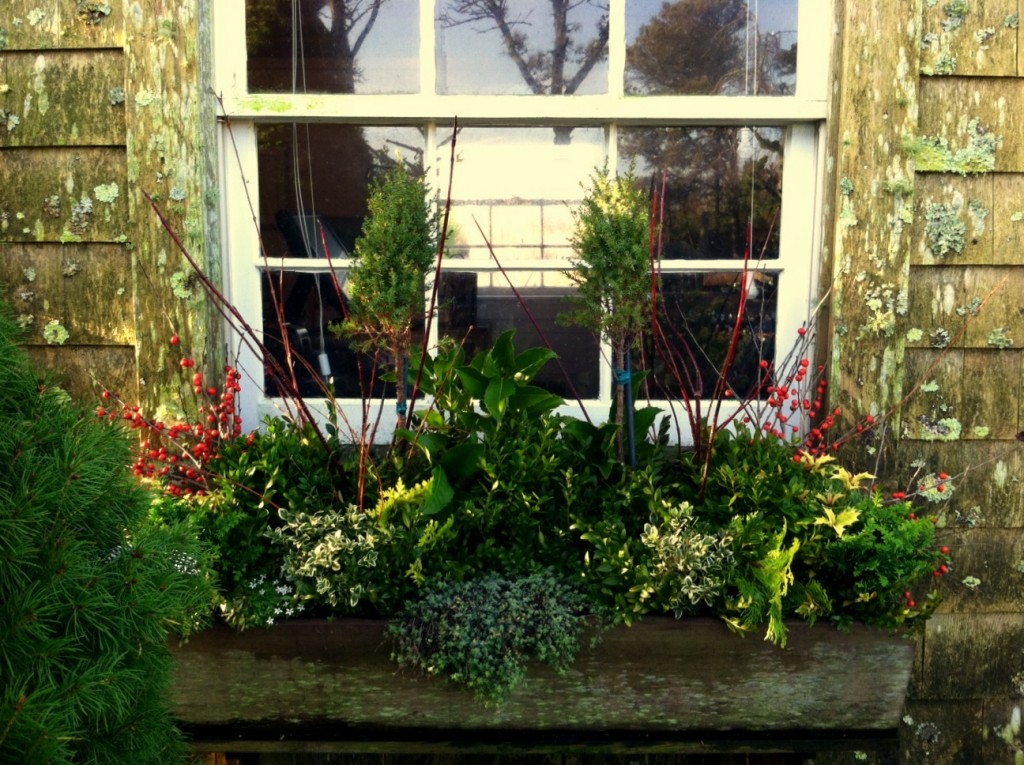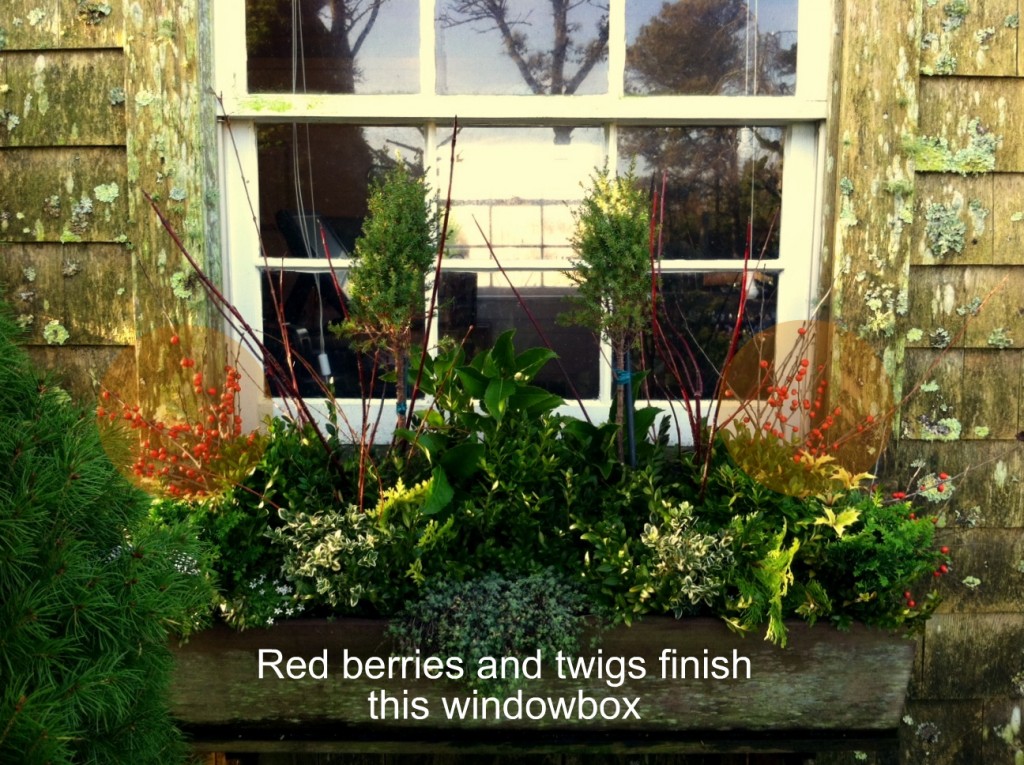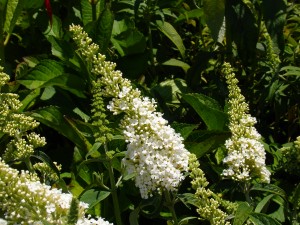
Butterfly-bushes are now in full bloom across the island. This deer-resistant and drought tolerant plant is a great addition to any Nantucket garden. First described in 1860’s by French Jesuit, Perre David, this plant now bears his name. The long, nodding inflorescenses are composed of hundreds of tiny, fragrant flowers that provide nectar for butterflies and other insects. Many afternoons at the nursery in the summer we are delighted to find our Buddleia alive with Monarch or Swallowtail butterflies. Plant them in your garden, and you can have the same experience year after year!
Buddleia are very easy to grow. They require a minimal amount of care and give a maximum amount of pay-off. In order to keep these large shrubs performing year after year, follow these few pointers:
- Plant Buddleia in full sun, with well drained soil. These plants do not tolerate overly moist soil, and will suffer in damp areas, especially over the winter.
- Monitor water during prolonged periods of drought. Butterfly-bushes are often the first plants to wilt in new plantings when weather is hot and dry
- Buddleia bloom on new wood. Prune back all the previous seasons growth when the plants are dormant. In windy areas, where plants can be blown out of the ground in winter, consider pruning before Christmas. Otherwise, grab your loppers in early spring, before growth resumes. Plants pruned to a foot or so off the ground will generally reach 6-8′ tall during the summer, and reward the gardener with hundreds of blooms.
- Deadhead spent flowers as they appear to prolong the bloom period. Try to make cuts just above a new pair of flowers and you can expect flowering to continue throughout August.
There are many cultivars available with different flower colors. Some of the most popular are listed below:
- Adonis Blue tm aka ‘Adokeep’ A Proven Winners selection. Deep blue flowers. Compact growth habit, 5’tall.
- ‘Black Knight’ A long-time favorite. Deep purple flowers. Very vigorous, 8-10′ tall. Spent flowers sometimes form small, attractive, shiny purple fruit.
- Lo and Behold r series. A Proven Winners selection. This series has multiple colors in it, Blue Chips tm, being the most available currently. Very compact habit reaching 3′ tall and wide’
- ‘Lochinch’ A hybrid Buddleia. Light lavender flowers. Very vigorous, 12-15′ tall. (Though, I’ve not seen any nearly this tall on Nantucket)
- ‘Nanho Blue’ Mauve-blue flowers. Compact series, growing 6-8′ tall and wide.
- ‘Nanho Purple’ Magenta-purple flowers. One of the smaller Buddleias, reaching only 5′ tall with an arching form.
- ‘Pink Delight’ Very large bubble-gum pink flowers. 6-8′ tall, rounded-compact form. Deadheads are unsightly, and are best removed immediately so as not to detract from fresh flowers.
- ‘Potters Purple’ Bluish-purple flowers. Not as fragrant as some others. 6-8′ tall and wide.
- ‘Royal Red’ Very large deep purple/red flowers. Vigorous, upright habit reaching 10′ tall.
- ‘White Profusion’ Very large white flowers. 6-10′ tall, upright habit. Deadheads appear nearly black, and are extremely unsightly next to clear white flowers, be sure to deadhead.

